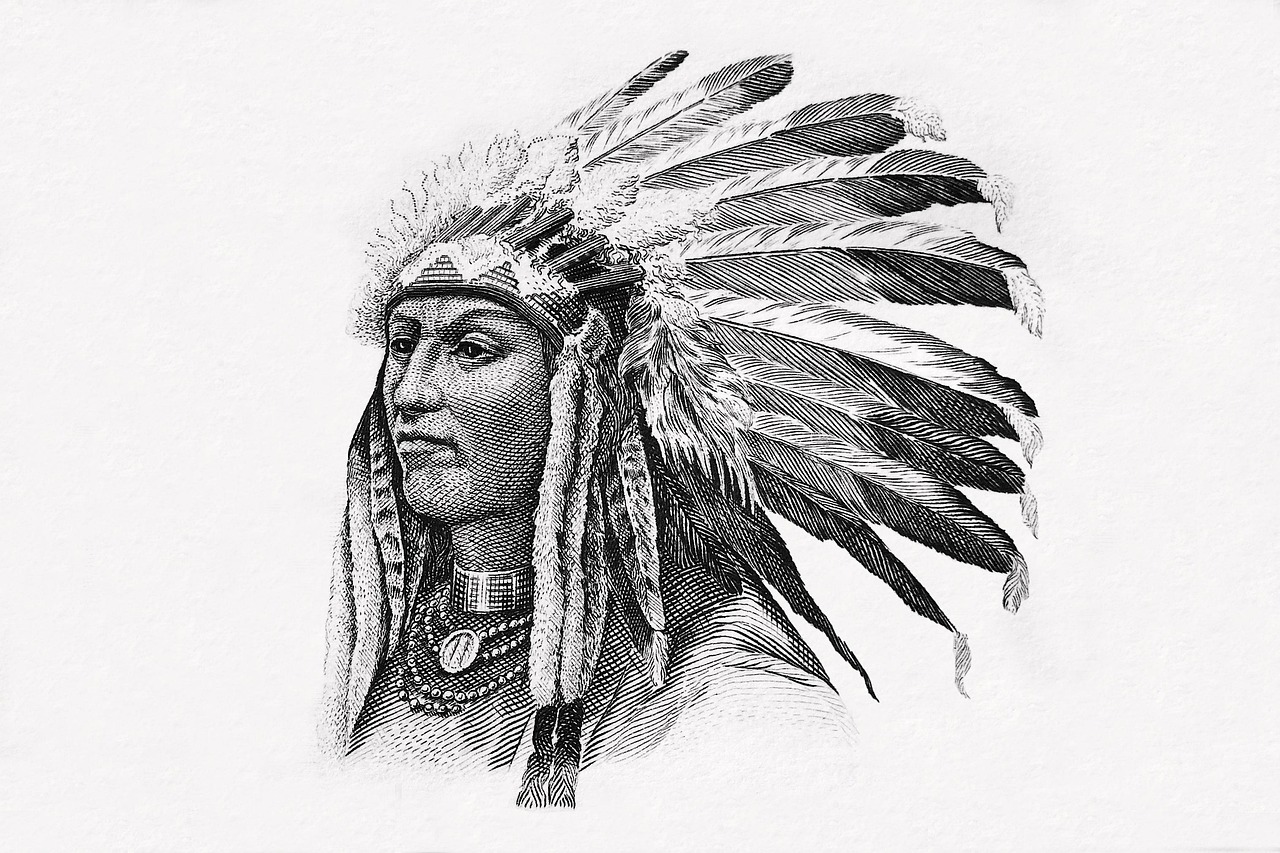The Name That Became a Myth
“Geronimo!” – This battle cry is world-famous today, yet few know the fascinating story behind the man who became one of the most iconic figures in Native American history. The legend of Geronimo tells not only of military resistance but also of deep spiritual belief and the relentless fight for his people’s freedom.
Early Life: From Shaman to Warrior
Birth and Name
Geronimo (1829–1909), originally Goyaałé (“The One Who Yawns”), was born in No-Doyohn Canyon in present-day Arizona. His name “Geronimo” was later given by Mexican soldiers who invoked Saint Jerome during battle against him.
Training as a Shaman
Before becoming a warrior, Geronimo was a Bedonkohe Apache trained as a shaman. This spiritual foundation would later deeply influence his warfare and tactical decisions.
The Turning Point: Tragedy Awakens the Warrior
The Massacre of 1858
The pivotal event that turned the peaceful shaman into an unyielding warrior was a tragic raid by Mexican troops on his camp:
- The killing of his mother, wife, and three children
- The destruction of all his possessions
- Deep personal and spiritual trauma
According to tradition, Geronimo received a visionary message that night: a voice promised him that no bullet would ever kill him as long as he fought against the invaders.
Military Strategy and Guerrilla Tactics
Brilliant Warfare
Geronimo’s strategy revolutionized guerrilla warfare:
- Lightning raids: swift attacks followed by immediate retreat
- Limitless area of operations: Arizona, New Mexico, Mexico
- Knowledge of terrain: masterful use of desert and mountain landscapes
- Small-unit tactics: highly mobile groups
A Manhunt of Epic Proportions
The pursuit of Geronimo became the largest military operation of its time:
- Over 5,000 U.S. soldiers deployed
- 500 Native scouts as trackers
- Pursuit across thousands of kilometers
- Duration: nearly 25 years of active resistance
The three surrenders and their backgrounds
- Surrender of 1877
- Captured by U.S. troops
- Deported to the San Carlos Reservation
- Escaped and resumed resistance
- Surrender of 1883
- Temporary surrender under promise of reservation rights
- Renewed betrayal of agreements by the U.S. government
- Return to resistance
- Final Capture 1886
- Last battles fought with only 38 remaining warriors
- Surrendered to General Nelson Miles
- Deported to Florida as prisoners of war
Life in Exile and Legacy
Years in Captivity
Geronimo’s final years were marked by:
- Deportation to Florida, Alabama, and later Oklahoma
- Forced conversion to Christianity
- Public exhibition at fairs and expositions
- An autobiography as a crucial historical document
Symbolic Meaning
Geronimo’s legacy extends far beyond his lifetime:
- Symbol of resistance: Against cultural oppression
- Cultural icon: Inspiration for the Native American Rights Movement
- Military example: Studied at military academies worldwide
Complex Historical Assessment
Controversial Perspectives
Assessments of Geronimo vary depending on perspective:
- U.S. government: A dangerous “terrorist”
- Apache people: Hero and freedom fighter
- Modern historians: A complex figure between myth and reality
Cultural Appropriation vs. Respect
The Geronimo legacy faces challenges today:
- Commercial use of his name
- U.S. military operation “Geronimo” (Bin Laden)
- The struggle for accurate historical representation
Modern Relevance and Lessons
Inspiration for Activists
Geronimo’s story inspires today:
- Indigenous rights movements
- Environmental activists
- Advocates of cultural autonomy
Timeless Values
His legacy teaches us:
- Courage: To stand against overwhelming odds
- Perseverance: 25 years of relentless resistance
- Spiritual connection: Drawing strength from traditional belief
- Dignity: Preserving cultural identity even in captivity
Conclusion: The Immortal Legend
Geronimo’s story is more than a historical footnote – it is a timeless lesson in resistance, dignity, and the price of freedom. His legend lives on in the hearts of all who fight for justice and cultural self-determination.
From shamanic healer to feared warrior, from prisoner of war to cultural icon – Geronimo’s life reminds us that true greatness lies not in victory but in the unbreakable will to stand up for what is right.
What does the name Geronimo mean to you today? Do you see him as a hero, a freedom fighter, or a complex historical figure? Share your thoughts in the comments!
Historical Sources and Further Reading:
- Geronimo: My Life (Autobiography)
- Arizona Historical Society: Documents on the Apache Wars
- National Museum of the American Indian: Geronimo Exhibition
- Apache Tribal Archives: Oral traditions

